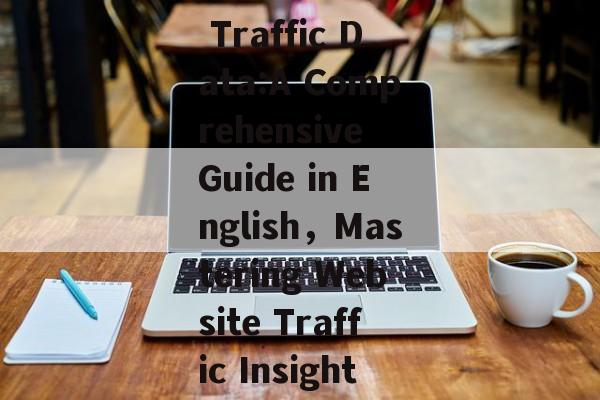Unlocking the Power of Website Traffic Data:A Comprehensive Guide in English,Mastering Website Traffic Insights: Your Ultimate English Guide
This guide delves into harnessing the potential of website traffic data, offering strategies to optimize online presence, improve user engagement, and drive business growth. It provides a comprehensive overview of analyzing traffic metrics, identifying key performance indicators, and implementing actionable insights for enhanced digital marketing efforts.
In the digital age, the importance of website traffic data cannot be overstated. For businesses, bloggers, and online marketers, understanding and analyzing website traffic data is crucial for making informed decisions, optimizing content, and ultimately, achieving online success. This article aims to provide a comprehensive guide to website traffic data, focusing on its significance, key metrics, and strategies for leveraging this valuable information.
Understanding Website Traffic Data
Website traffic data refers to the quantitative analysis of visitors' behavior on a website. It provides insights into how many people visit your site, where they come from, what they do while they're there, and how long they stay. This data is typically gathered using web analytics tools such as Google Analytics, which track and report on various aspects of website traffic.
Significance of Website Traffic Data
-
Performance Measurement: Tracking website traffic allows you to measure the success of your online presence. It helps you understand which pages are popular, which are not, and how users interact with your content.
-
User Insights: By analyzing traffic data, you can gain valuable insights into your audience, such as their demographics, interests, and behavior patterns. This information is crucial for tailoring your content and marketing strategies to better meet their needs.
-
SEO Optimization: Understanding how users find your website can help you optimize your search engine rankings. By identifying which keywords and search terms are driving traffic, you can optimize your content to improve visibility.
-
Conversion Rate Improvement: Traffic data can reveal insights into the user journey and identify potential bottlenecks that may be preventing conversions. By addressing these issues, you can improve the overall conversion rate of your website.
Key Metrics in Website Traffic Data
-
Visits: The total number of sessions on your website. It's important to differentiate between unique visits and total visits, as unique visits represent the number of individual visitors.
-
Pageviews: The total number of pages viewed on your site. This metric helps you understand the depth of engagement on your site.
-
Bounce Rate: The percentage of visitors who leave your site after viewing only one page. A high bounce rate may indicate that your content is not relevant or engaging enough.
-
Average Session Duration: The average amount of time a visitor spends on your site during a single visit. A longer session duration suggests that your content is engaging and valuable.
-
New vs. Returning Visitors: The ratio of new visitors to returning visitors. A healthy mix of both is typically ideal, as it indicates growth and retention.
-
Traffic Source: Where your visitors come from, such as organic search, direct traffic, social media, or paid advertising. This metric helps you understand the effectiveness of your marketing channels.
-
Geographical Distribution: The countries or regions from which your visitors originate. This information is valuable for tailoring content and marketing campaigns to specific markets.
Strategies for Leveraging Website Traffic Data
-
Content Optimization: Use traffic data to identify which types of content resonate with your audience and focus on creating more of it. Similarly, analyze low-performing content and consider why it's not engaging users.
-
SEO Enhancement: Utilize traffic data to identify the keywords and search terms that are driving traffic to your site. Optimize your content and meta tags accordingly to improve search engine rankings.
-
User Experience Improvement: Analyze user behavior to identify potential usability issues. For example, if you notice a high bounce rate on a particular page, consider redesigning it to improve user engagement.
-
Targeted Marketing: Use demographic and behavioral data to create targeted marketing campaigns that resonate with your audience.

-
Conversion Rate Optimization: Identify the stages of the user journey where conversions are dropping off and implement strategies to improve the user experience and encourage conversions.
-
Retargeting Campaigns: Use data on users who have visited your site but did not convert to create retargeting campaigns that encourage them to return and complete the desired action.
In conclusion, website traffic data is a powerful tool for understanding and improving your online presence. By analyzing key metrics and implementing strategies based on these insights, you can optimize your website, engage your audience, and achieve your online goals. Remember, the key to success lies in continuous monitoring, analysis, and adaptation based on the data you gather.
相关文章
